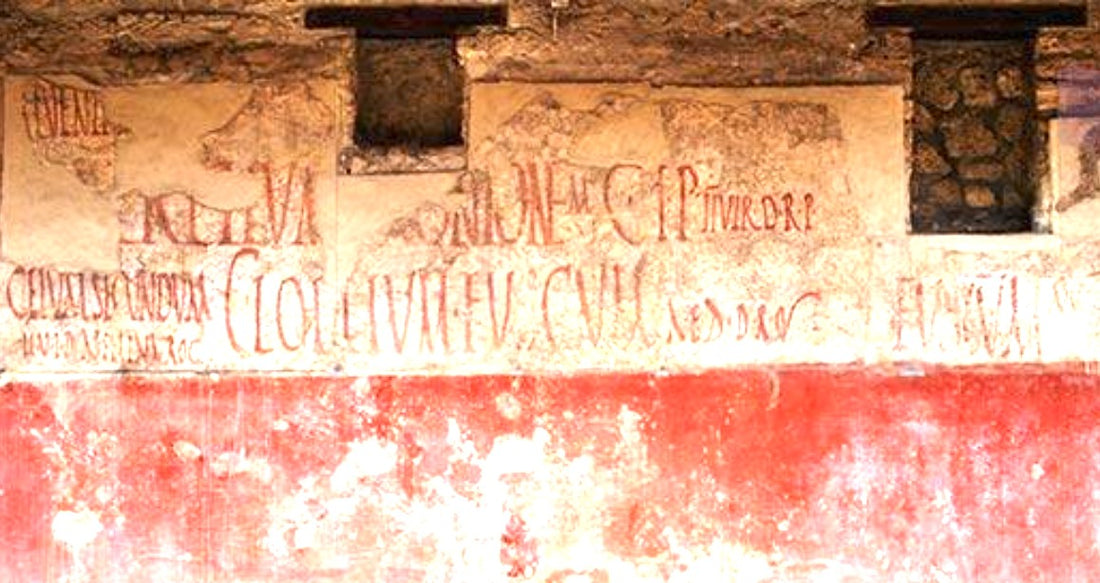
The Walls Tell Stories: Political Graffiti in Ancient Rome
Share
Long before the rise of social media or modern street art, the walls of Ancient Rome served as platforms for self-expression and public discourse. Roman citizens used graffiti as a medium to share political opinions, mock leaders, and promote events. These inscriptions, scratched or painted onto walls in public spaces, reveal a vibrant culture of civic engagement and satire.
In cities like Pompeii and Herculaneum, political graffiti flourished. Citizens endorsed candidates during elections, scrawling messages like "I beg you to elect Marcus Epidius Sabinus, a most worthy young man" or “Vote for Cuspius Pansa, a man of modesty” on the walls of homes and shops. These messages not only supported candidates but also reflected the political dynamics of the time. Wealthier homeowners often allowed—or even commissioned—graffiti on their properties to endorse political figures, making their walls prime advertising space. Such endorsements often indicated a candidate's alignment with the elite, a precursor to modern campaign sponsorships
.
Political graffiti wasn’t limited to endorsements. It also included sharp critiques and public humor. Satirical lines mocking leaders or rivals could be found in busy public spaces, ensuring maximum visibility. For instance, in Pompeii, individuals scrawled witty insults or pointed criticisms, often targeting public figures. This graffiti served as a democratic form of expression, giving voice to the everyday citizen.
Beyond politics, Roman graffiti encompassed a broad spectrum of themes, from literary quotes to bawdy jokes and personal declarations. However, its political use highlights the early forms of civic communication and grassroots campaigning. Today, these ancient inscriptions remind us that public art has long been a medium for sharing stories, fostering debates, and holding power accountable
.
Explore more about graffiti’s evolution, from ancient Rome to modern street art, at Kaos Kouture on GrafPunk.com. Our blog dives into how these ancient practices inspire today’s political art and streetwear designs.
Images and Resources
- For images of political graffiti from Pompeii, check the World History Encyclopedia .
- Explore electoral graffiti in Pompeii on The Collector .
- Learn about ancient Roman wall art and its role in elections via Italy Magazine .
Keep an eye on Kaos Kouture as we unravel the intersections of history, art, and culture!
